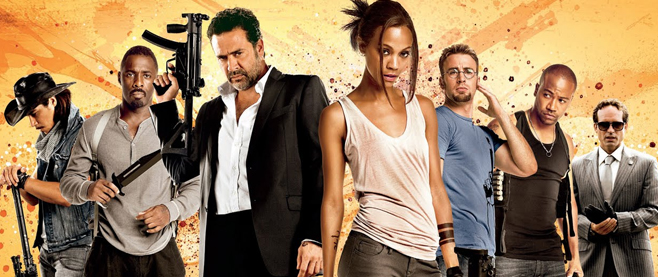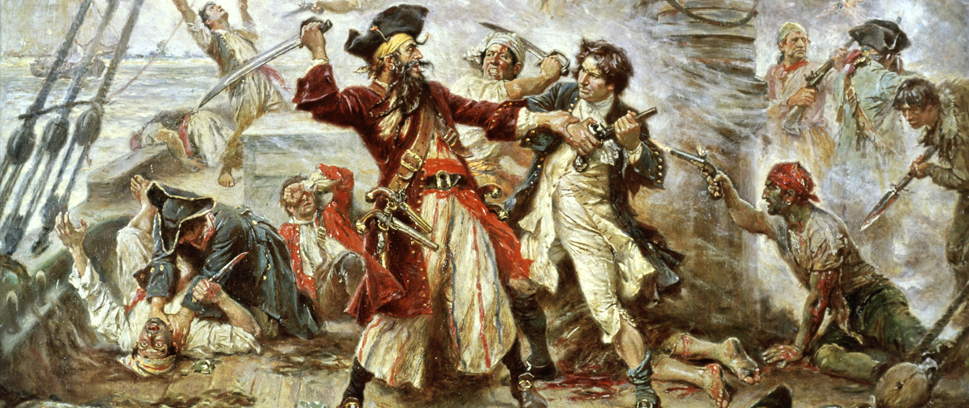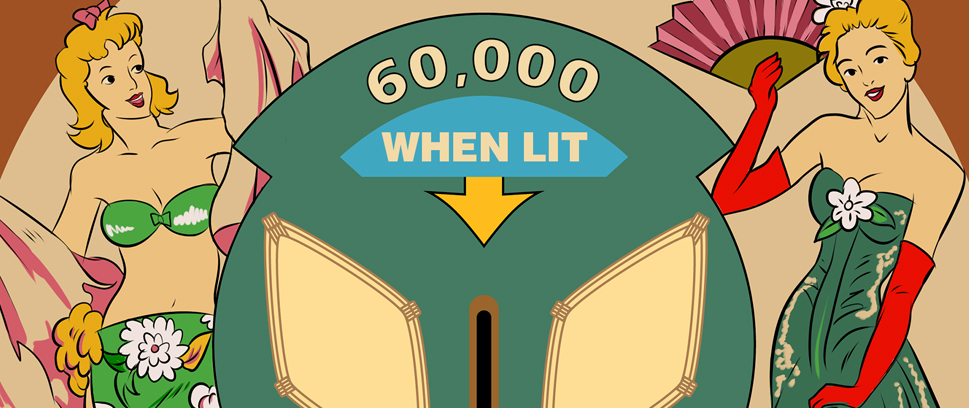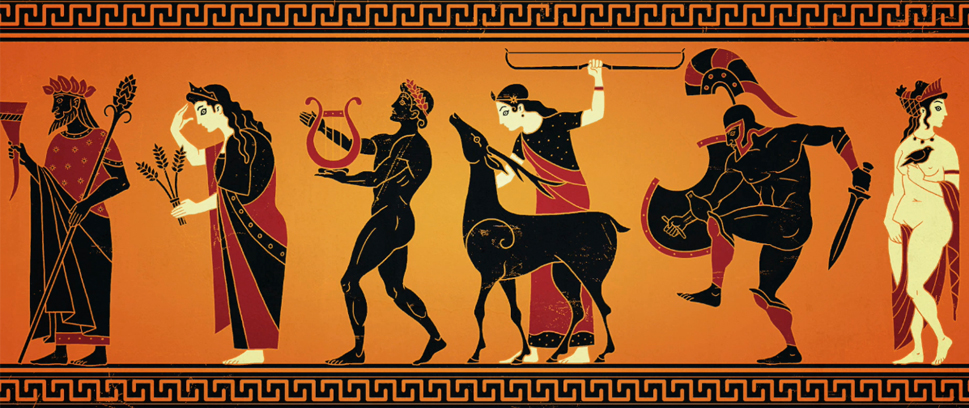
Unwinnable Weekly Issue Thirty-Six
This is a reprint of the letter from the editor in Unwinnable Weekly Issue Thirty-Six – check out the excerpts at the end of the post. You can buy Issue Thirty-Six individually now, or purchase a one-month subscription to make sure you never miss an issue!
———
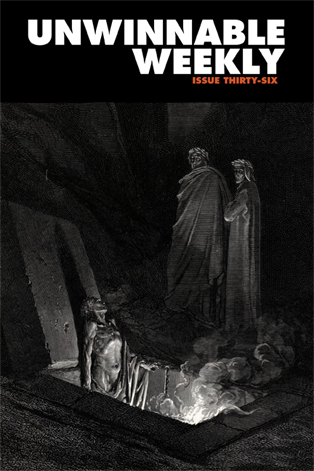 Hi there,
Hi there,
One of the things I love about Alientraps’ side-scrolling adventure game Apotheon is that the story is, on its face, so much like the God of War games and yet, so different in tone. You’re a mortal man. You are tasked with battling the gods. You do so, a lot. Much else is different.
Apotheon’s hero, Nikandreos is a cipher and a savior, a quiet and capable contrast to God of War’s Kratos, whose unbridled rage oscillates so quickly between comical and deeply disturbing. There is less shouting in Apotheon. Less monsters, too – this game is decidedly concerned with the affairs of humans and the gods that share our shape.
I bring this up because I think, too often, we assume a remake or re-evaluation of a story is automatically inferior to the source material. Last weekend, Chappie hit theaters. Whenever it came up in conversation, I groaned and said it looked like a mash-up of RoboCop and Short Circuit. As if mashing up those two movies is a bad thing.
What I should have said is, “Chappie looks like a shitty movie.” Direct. To the point. And, it turns out, an opinion shared by the vast majority of movie critics.
In 1916, the French writer Georges Polti analyzed a large number of classical Greek stories and contemporary French literature, which he distilled down into 36 dramatic situations. While there is allowance for some variation, looking over the list doesn’t leave much room for new stories. That’s all we got. 36 basic plots.
And really, that’s probably enough. So what if Apotheon and God of War have the same plot? Ovid, Virgil, Homer and Hesiod all re-told the same stories. No one bags on them. A lot of people (this guy included) count John Carpenter’s The Thing as the best horror movie of all time, and that’s a remake of an adaptation of a short story. You want to get excited about a mash-up of The A-Team and The Merchant of Venice (IN SPACE), then by all mean. Go nuts.
Actually, that doesn’t sound too bad.
“If you prick us, do we not bleed? If a plan comes together, do I not love it?”
* * *
This week, I ponder art, destruction and…Apotheon. Fancy that. This being the week after GDC, it is also the week of post-GDC essays. We have two for you, both from radically different perspectives, but both sharing a certain high school aesthetic. The first is from Amanda Wallace, who went to GDC 2015 for the first time as part of a small independent game development studio. The second is from David Wolinsky, a ground level state of the industry, effectively a sequel to his essay from last GDC. David comes to it from inside, Amanda from outside and they both meet somewhere in the middle. Finally, Joe Parlock puts his professional reputation on the line in our cover story, in which he loudly declares his love for Viceral’s game Dante’s Inferno.
* * *
A brief reminder: if you have a publication, digital magazine or website that you would define as small, independent and a little bit weird, I am putting together an index and want to help spread the word. If that sounds cool, drop me a line (folks who have already dropped me a line, I will respond soon, promise!).
Also, I LOVE hearing from y’all about any old thing. Drop us a line and I’ll print it, respond to it and maybe even frame it and hang it on my wall. Who knows?
You can get me at stuhorvath@unwinnable.com.
Stu Horvath,
Kearny, New Jersey
March 13, 2015
Story Excerpts
I wonder how much we can trust our notions of aesthetics. We call the Venus de Milo a masterpiece, but is it really? Does she beguile us because she is beautiful, or because her missing arms are so mysterious? Do we feel her influence in art because of some kind of genuine artistic merit, or is it merely down to the happy accident of her survival? She did not withstand the test of time in the same way that Shakespeare did, worming his way into the fabric of culture through constant performance and scrutiny. She hid, for long centuries, buried in a cave.
“Apotheon/Apollyon,” by Stu Horvath
GDC is like going to a summer camp for the first time. Walking into the convention center on the first day has you keyed up, your eyes searching for those yellow media badges. The conversations around you are mundane, but the closer you get to Moscone the more you recognize the topics…But that feeling of inclusivity ultimately disappears when you realize that everyone here has met before.
“GDC Class of 2014,” by Amanda Wallace
If I have a hot take here, it’s that more people should get more vocal, and not feel that a few people who have been made into figureheads are doing the job for everyone else. It isn’t up to a woman to tell men how to animate women, just like how it wouldn’t be up to a man to explain how to animate men. All it means is we have lots we can learn from each other if we can communicate and listen. Learning is good. Games need to learn.
“You’re in High School Again: No Recess, Just Videogames at GDC 2015,”
by David Wolinsky
Dante’s Inferno is a masterpiece in both storytelling and mechanical play. It is an impressive mix of story and narrative devices and I had a much more enjoyable experience with it than with my attempts at reading The Divine Comedy or in my recent excursions with God of War. So I want to justify why I love this game so much.
“Hell and Back,” by Joe Parlock



